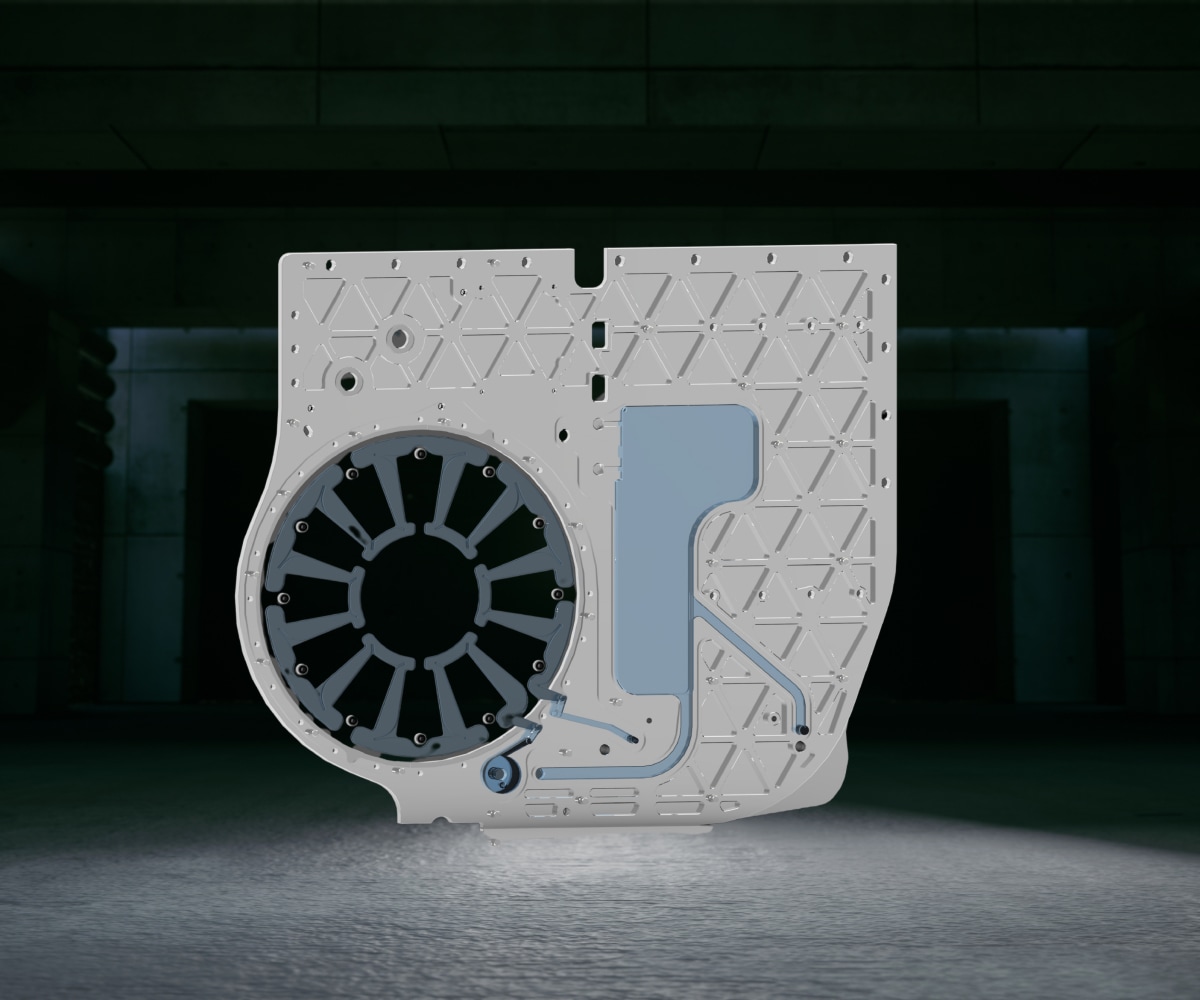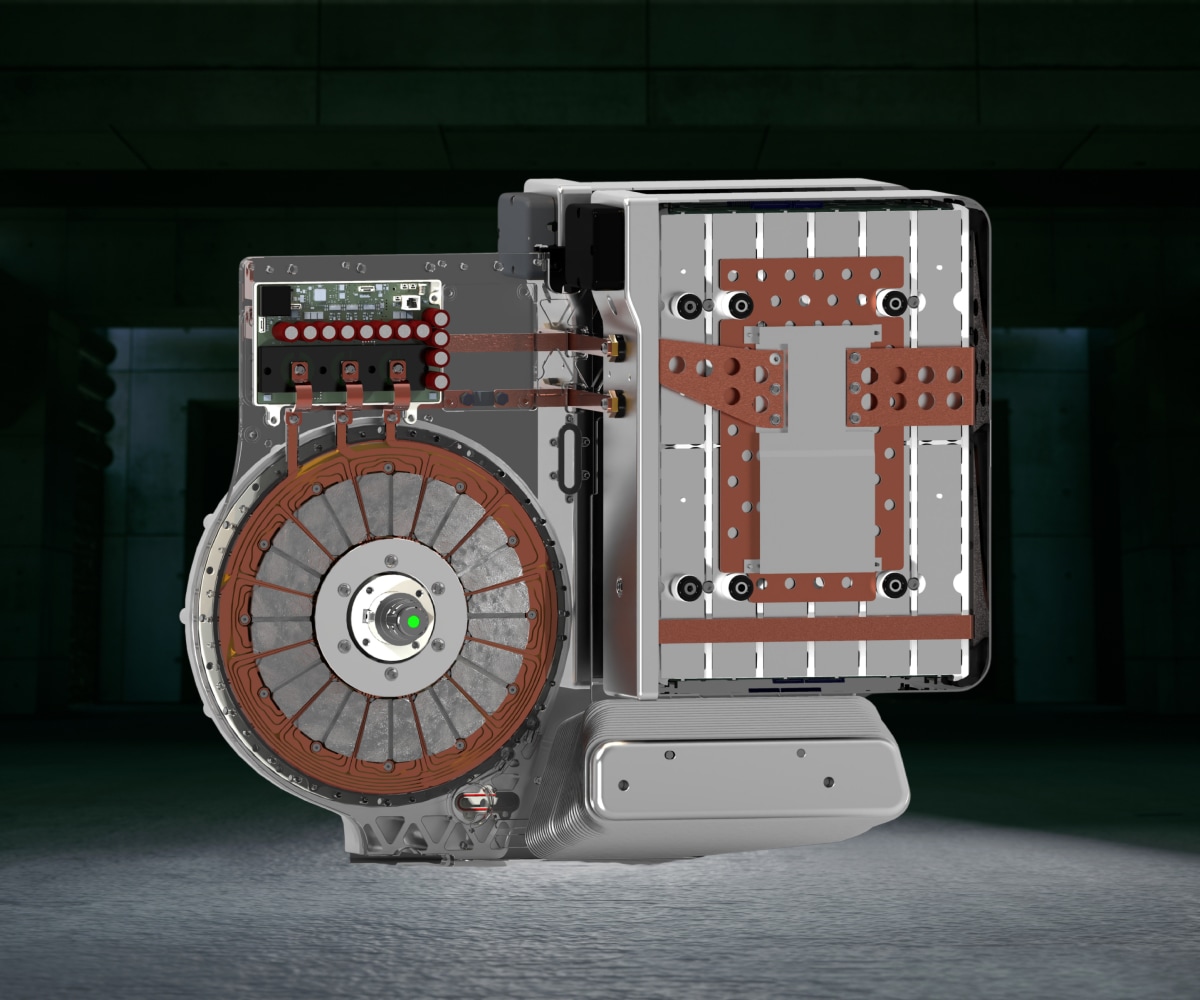
Lorem ipsum dolor sit amet, consectetur adipiscing elit. Suspendisse varius enim in eros elementum tristique. Duis cursus, mi quis viverra ornare, eros dolor interdum nulla, ut commodo diam libero vitae erat. Aenean faucibus nibh et justo cursus id rutrum lorem imperdiet. Nunc ut sem vitae risus tristique posuere.
The Honest Motorbike. Built from solid billet aluminium. Engineering fully exposed. Limited to 50 builds worldwide.
Wheel torque

in 4.5 seconds

Peak output

City range
Founded in 2018 by Mark Gilligan, a British engineer and lifelong motorbike enthusiast, Blacksheep Power builds electric motorcycles where the engineering is fully exposed and nothing is hidden behind plastic.
Machined from solid billet aluminium and built in limited numbers, each motorbike reflects a design-first, engineering-led approach, honest mechanics, visible complexity, and a machine built to last.


Every part exists for a reason. Nothing is covered up. No unnecessary parts. What you see is what does the work. The motor, the cooling, the frame - everything is built for purpose, not decoration. The result is a bike that rides like a machine, not a gadget.
Patented stator design using solid billet copper, CNC-machined for maximum cross-section. Delivers perfect consistency, higher copper density, and reduced resistance - lowering heat in high-power applications


Integrated cooling system with channels machined directly into billet housings. Eliminates hoses, maximises heat removal, and ensures reliability under sustained performance.
Wire-free power delivery. Energy flows through billet components from battery cells to stator coils, with integrated coolant pathways - combining strength, efficiency, and clean design.

If you're curious about the Blacksheep ONE or exploring collaboration opportunities, leave your details and our team will get in touch.
27-29 Jarman Way, Royston, Hertfordshire, SG8 5HW, United Kingdom
Register your interest